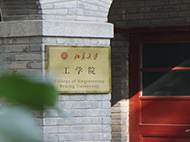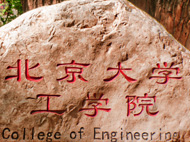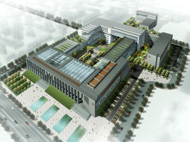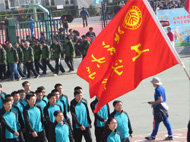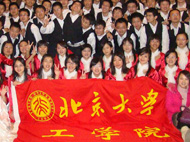题目:Earthquake hydrology: the effects of April 6th 2009 L’Aquila seismic sequence on the Gran Sasso carbonate aquifer (central Italy)
报告人:Marco Petitta
时 间:12月20日1:30-3:00
地 点:二教317
主持人:郑春苗(教授)
报告内容摘要:
The earthquake that struck L’Aquila on April 6 2009 (Mw 6.3) directly affected the Gran Sasso aquifer. Co-seismic and post-seismic changes in groundwater discharge and in hydrochemistry, possibly induced by the earthquake, were observed. Short- and mid-term effects have been observed in the groundwater flow at recharge and discharge areas. The following short-term effects have been observed: i) the sudden disappearance of some springs located along the surface trace of the Paganica Fault; ii) an immediate discharge increase of the Gran Sasso highway tunnel drainages (+20%) and of other springs (+10%); iii) a progressive increase of the water table elevation (+1m) at the boundary of the Gran Sasso aquifer during the following month; iv) a sudden lowering of the water table in the recharge area. Similar post-seismic effects have been recorded in the following 2 years, when spring discharge and water table remain higher than the pre-seismic ones in discharge zones.
A conceptual model of the earthquake consequences on the Gran Sasso aquifer is proposed herein. The short-term hydrologic effects registered immediately after the mainshock have been caused by a pore pressure increase related to elasto-static aquifer deformation. Apart from the contribution of seasonal recharge observed in 2009-10, mid-term effects observed in the 20 months following the mainshock suggest that there was a change in groundwater hydrodynamics. Supplementary groundwater that flows toward aquifer boundaries and springs in discharge areas reflects a possible increase in hydraulic conductivity in the recharge area. This increase is probably related to fracture cleaning and/or dilatancy.
Additional monitoring including hydrochemical data allows a refinement of the proposed model. The outcomes of the hydrochemical spot sampling of the pre-seismic (2001 – 2007), post-seismic (April 2009) and after-seismic (July and September 2009, may 2010) periods, give the following insights: i) post-seismic groundwater of Tempera spring group was more mineralised and richer in 222Rn than the pre-seismic one; ii) transient changes in pH and calcite saturation index involve the whole aquifer, moving from Tempera springs and spreading from the recharge to discharge areas, causing changes in groundwater hydrochemistry; iii) post-seismic gradual return to previous hydrochemical equilibrium.
Both hydrodynamic and hydrochemical observation converge towards a non-permanent increase of the bulk hydraulic conductivity in the aquifer portion close to the Paganica Fault (recharge area and local discharge zone).
报告人简介:
Dr. Marco Petitta is an Associate Professor in the Engineering Geology and Hydrogeology section of Earth Scienc Department at "La Sapienza" University of Rome. His interests are about water management, interaction between stream and groundwater, human influences on groundwater quantity and quality, strategic groundwater resources, vulnerability of groundwater to pollution, remediation of polluted sites, and isotope techniques for groundwater studies. In this period his main research projects are focused on: water management and relationship with pollution by nitrates and pesticides (Fucino Plain); influence of human activities on hydrogeological setting of fractured and karstified ridges in Central Italy, using hydrogeological, geochemical and isotopical tools; groundwater modeling of flow and transport of pollutants in unsaturated and saturated zones; monitoring and remediation activities in contaminated sites; environmental isotopes use for characterization of groundwater resources and polluted sites; groundwater management and protection for land planning Authorities; Monitoring network in preserved coastal areas, surrounded by high-urbanized areas; vulnerability of groundwater to pollution, in intramontane basins; exploitation and management of thermal and mineralized groundwater.


